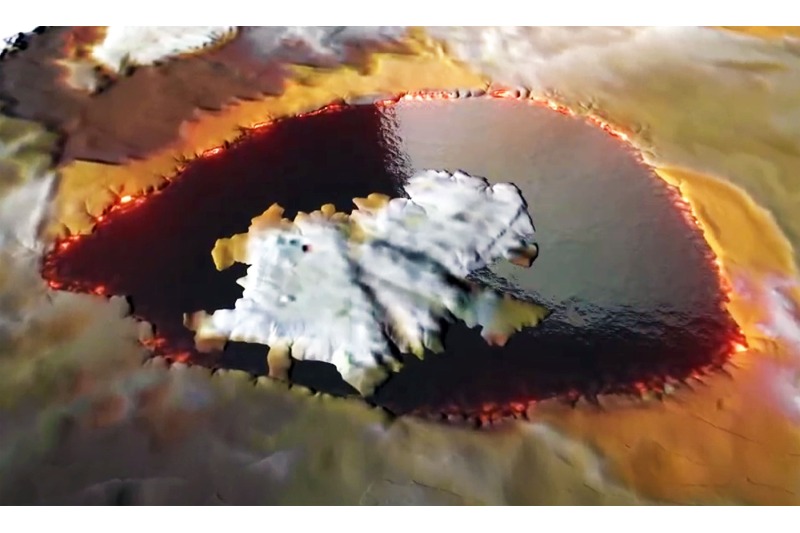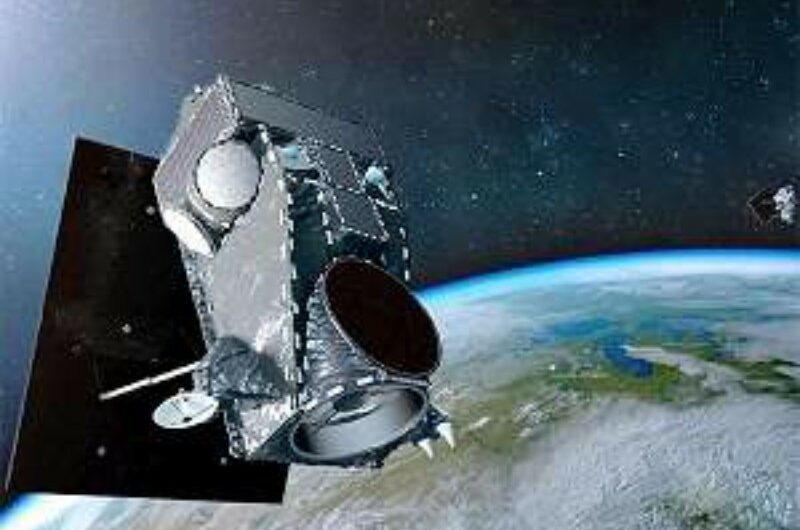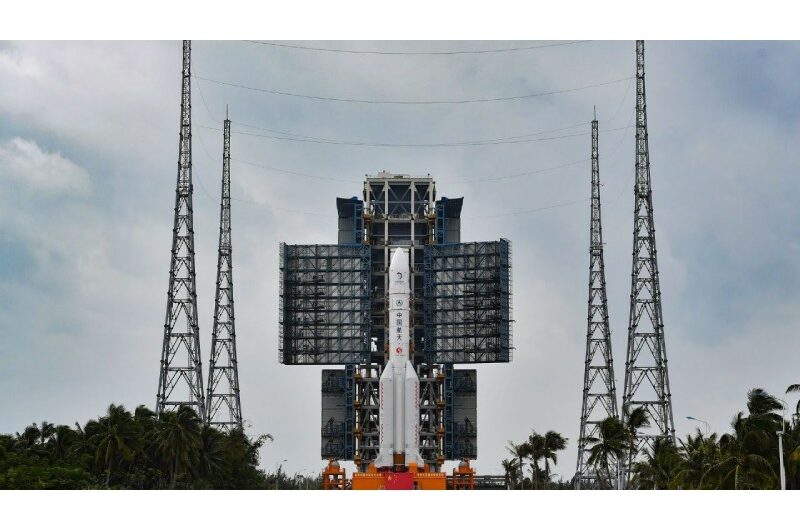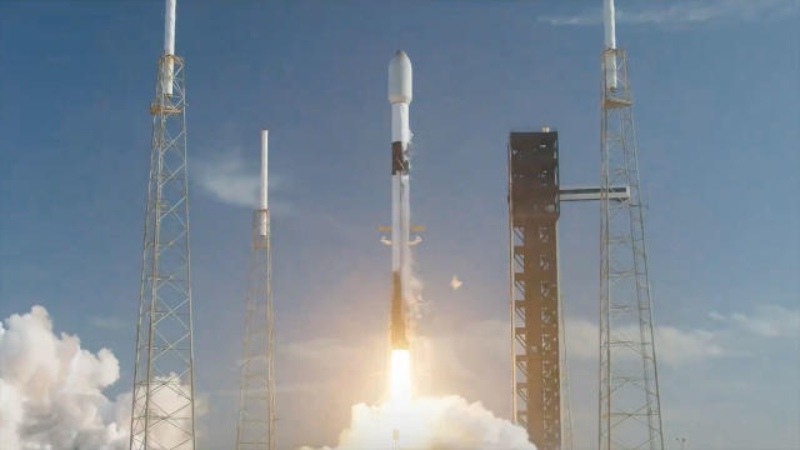A massive lava lake may be seen on the surface of Jupiter’s moon Io, according to a recent animation.
NASA’s Juno mission captured this up close in December 2023 and January 2024 when it flew within 930 miles (1,500 kilometers) of Io’s volcanic surface. The largest moon inside Jupiter was seen up close for the first time thanks to these flybys. There are hundreds of active volcanoes on Io. Sometimes their eruptions are so strong that they can be seen via Earthly telescopes, according to NASA.
The recently released photos display Loki Patera, a 200 km (127 mi) lava lake on the surface of Io. This lava lake has been studied by scientists for many years. It is positioned above Io’s subterranean magma reserves. During a press briefing on Wednesday, April 16, at the European Geophysical Union General Assembly in Vienna, Scott Bolton, the principle investigator for the Juno mission, stated that the cooling lava at the lake’s center is surrounded by potentially molten magma around the margins.
“The specular reflection our instruments recorded of the lake suggests parts of Io’s surface are as smooth as glass, reminiscent of volcanically created obsidian glass on Earth,” Bolton stated.
The interior of the lava lake is crowded with jagged rock islands. “There is amazing detail showing these crazy islands embedded in the middle of a potentially magma lake rimmed with hot lava,” Bolton stated.
Io’s surface is smoother than the surfaces of Jupiter’s three other Galilean moons (Europa, Ganymede, and Callisto), according to data from Juno’s instruments. Io is somewhat bigger than the moon of Earth, and most of its non-molten surfaces are covered in sulfur dioxide and yellow sulfur.
Topics #Cooling Lava #Jupiter's moon Io #NASA










